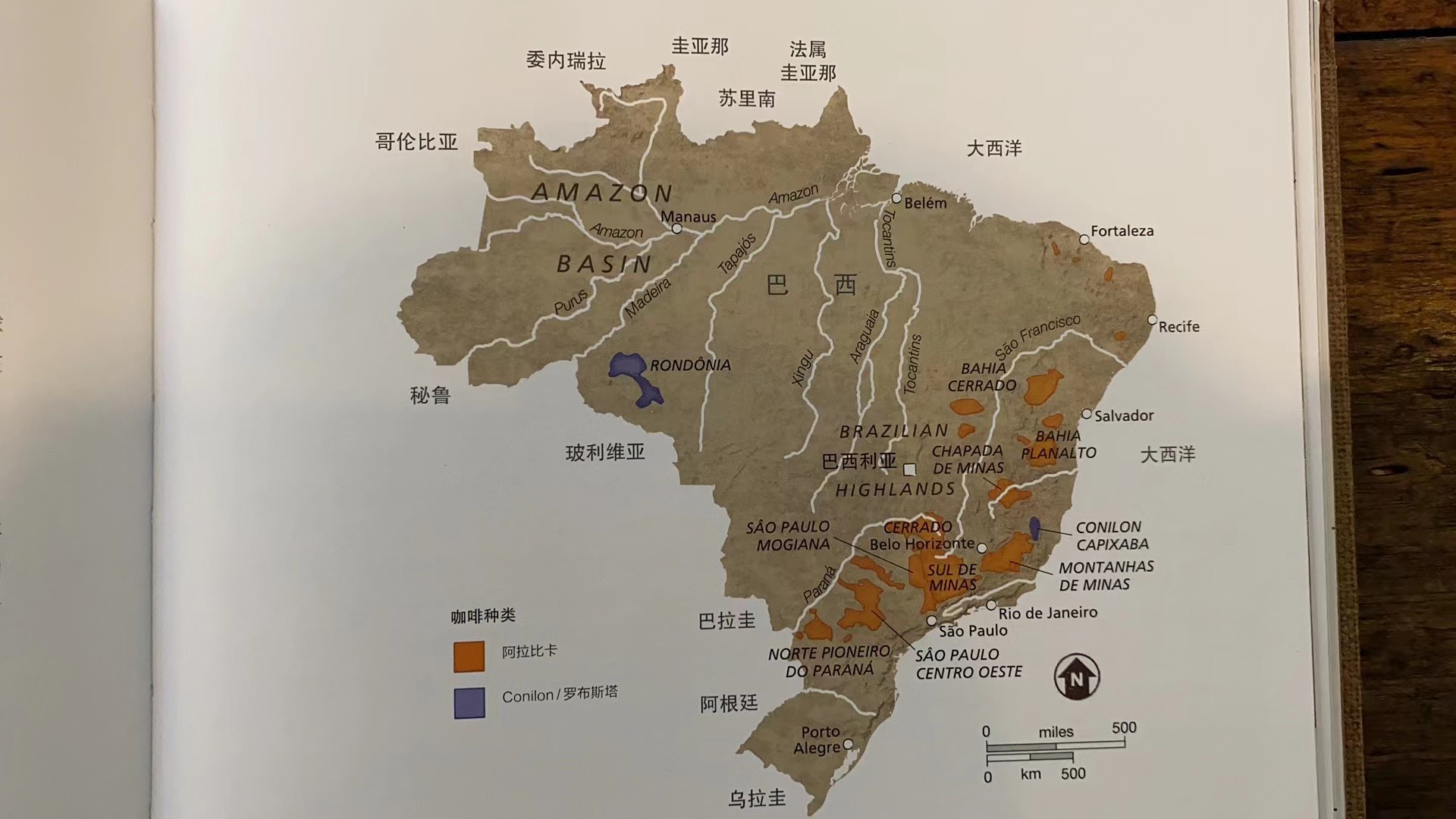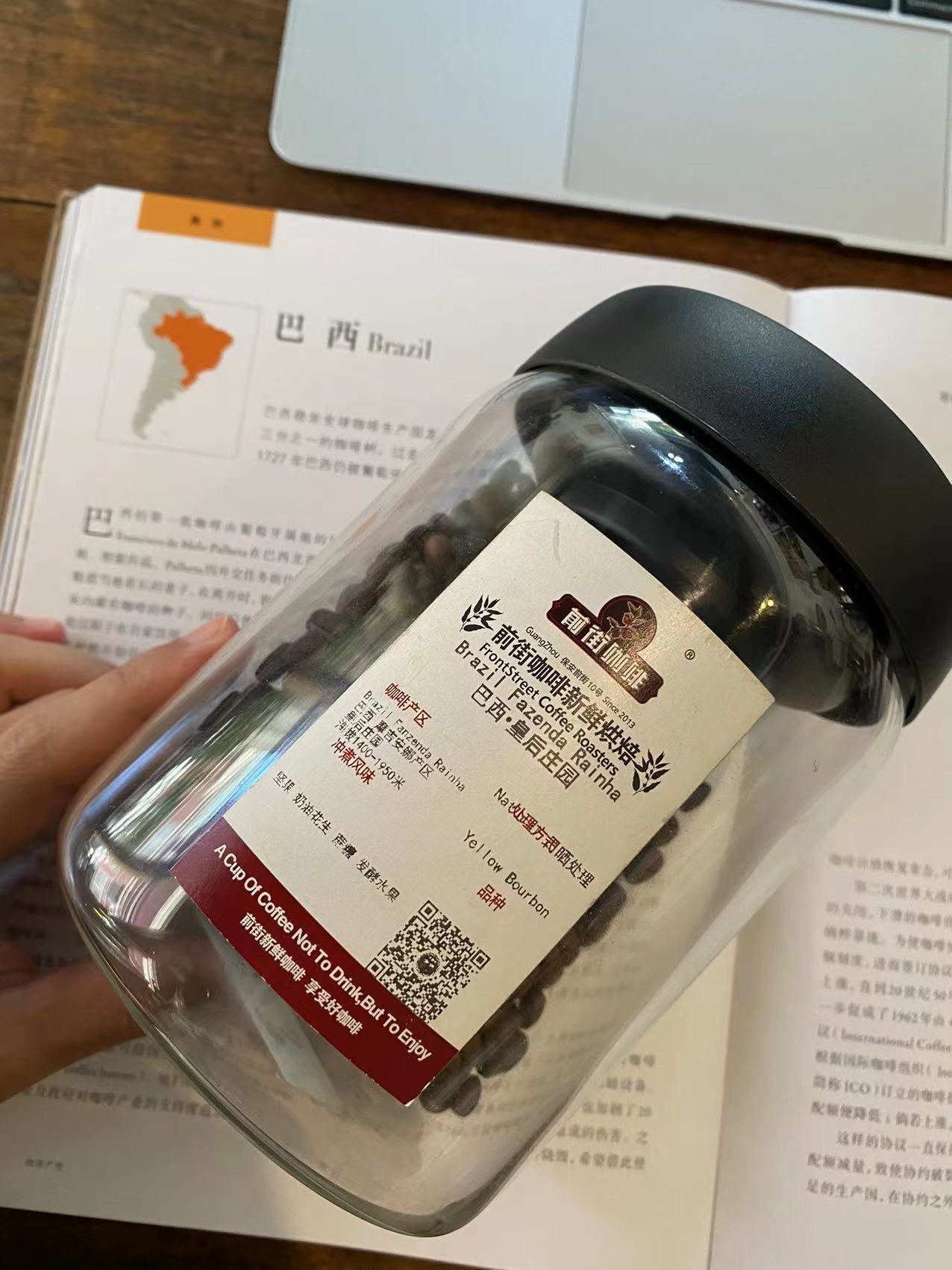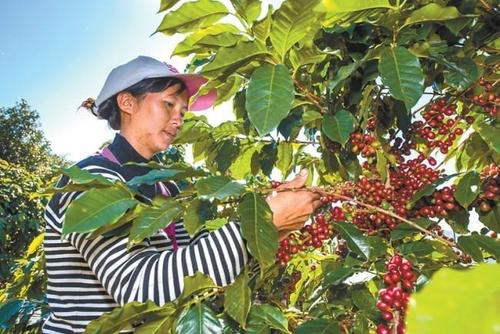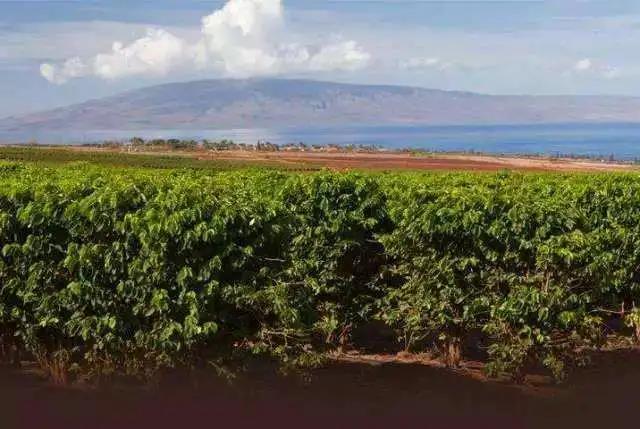Brazilian coffee beans | introduction of Brazilian boutique coffee beans producing areas. What is its flavor?
Brazil is the largest coffee producer in the world. Today, Brazil grows about one-third of the coffee trees in the world, accounting for 80% of the global coffee market. As the most advanced country in the world and most dependent on industrial coffee production, Brazil used to pay attention to sales. Its international reputation is not high.
The history of coffee cultivation in Brazil can be traced back to 1727. The earliest batch of coffee seeds was the Central Plains in private courtyards. Since the 1920s and 1930s, Brazil's coffee industry has flourished. Its output not only meets domestic demand, but also supplies foreign markets. By 1830, Brazil had produced 30% of the world's coffee, and high production had brought about a decline in global coffee prices. With overproduction and the subsequent global depression, Brazil's economy, especially the coffee industry, was badly hit, and the price downturn did not improve until the end of World War II. But then because of the miscalculation of the market, the price of its coffee was hit again.
Brazil is one of the major producers of Robusta coffee beans in the world, and most farms adopt a rather poor mechanical harvest method, which shakes the coffee fruit without dividing the maturity through the machine. therefore, the final harvest of coffee contains a lot of ripe fruit, which has a great impact on the flavor of coffee.
In recent years, with the trend of the market for boutique coffee in a single producing area, the flavor has indeed been greatly improved by picking by hand. High-quality Brazilian coffee can usually be traced back to specific coffee gardens. High-quality Brazilian coffee is usually low acidity, mellow thickness and sweet taste, generally showing chocolate and nut flavor.

Qianjie Coffee purchase of Brazilian Queen Manor boutique coffee beans, it is from the Morgiana producing area, 1400 meters-1950 meters above sea level. In the flavor performance is nuts, creamy peanuts, sucrose, fermented fruit and so on, with obvious Brazilian regional flavor.

Important Notice :
前街咖啡 FrontStreet Coffee has moved to new addredd:
FrontStreet Coffee Address: 315,Donghua East Road,GuangZhou
Tel:020 38364473
- Prev

Papua New Guinea Coffee | introduction of Papua Coffee Bean production area _ Evaluation of Coffee Bean Flavor in Paradise Bird Manor
Papua New Guinea coffee beans are known as Little Blue Mountain coffee beans, because of their volcanic soil and rich rainforest environment, they are similar to the growing environment of the Blue Mountains in Jamaica, and their beans are the same iron card beans. Papua coffee beans were introduced by Dutch sailors in the late 18th century. Today,
- Next

Hawaiian Coffee Bean | KONA Coffee Bean Flavor Evaluation _ introduction of Coffee Manor in Hawaiian Coffee Bean producing area
Today, let's introduce the KONA coffee beans produced in Hawaii, known as the Coffee Queen. Hawaii is a special coffee producing area. It has an island coffee climate. The first coffee was introduced by the first Spanish consultant in 1817, but it was not successfully planted. Later, the mayor of Oahu introduced coffee from Brazil.
Related
- Guji coffee producing area of Guji, Ethiopia: Humbela, Shakiso, Wulaga
- What is the most expensive variety of Qiloso in BOP multi-variety group?
- How to store the coffee beans bought home?
- Why are Yemeni coffee beans so rare now?
- Ethiopian Sidamo all Red Fruit Sun Sun Santa Vini Coffee beans
- SOE is mostly sour? What does it mean? Is it a single bean? what's the difference between it and Italian blending?
- Is Italian coffee beans suitable for making hand-brewed coffee?
- How to choose coffee beans when making cold coffee? What kind of coffee beans are suitable for making cold coffee?
- Just entered the pit to make coffee, what kind of coffee beans should be chosen?
- Can only Japan buy real Blue Mountain Coffee? What are authentic Jamaican Blue Mountain coffee beans?

